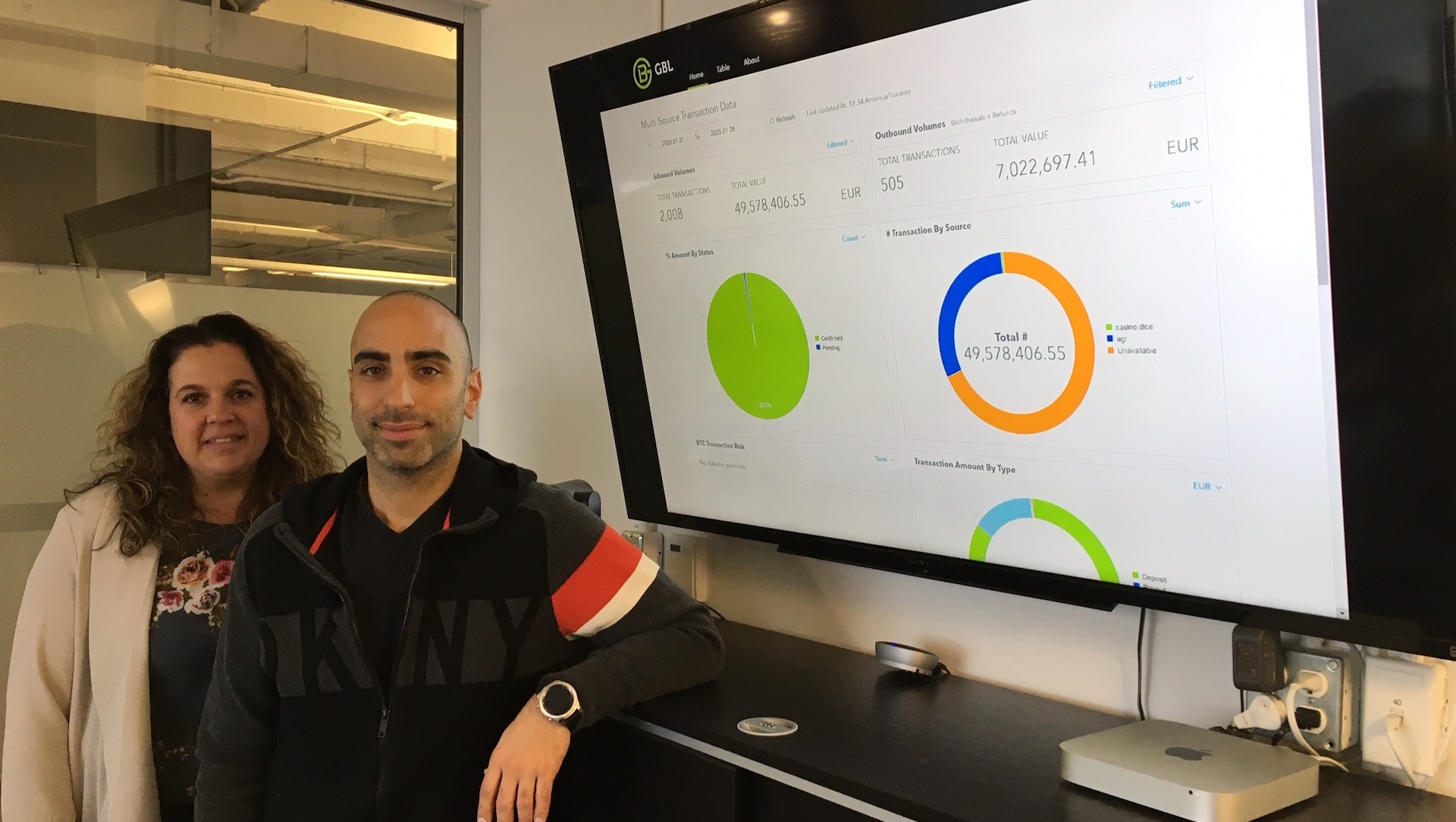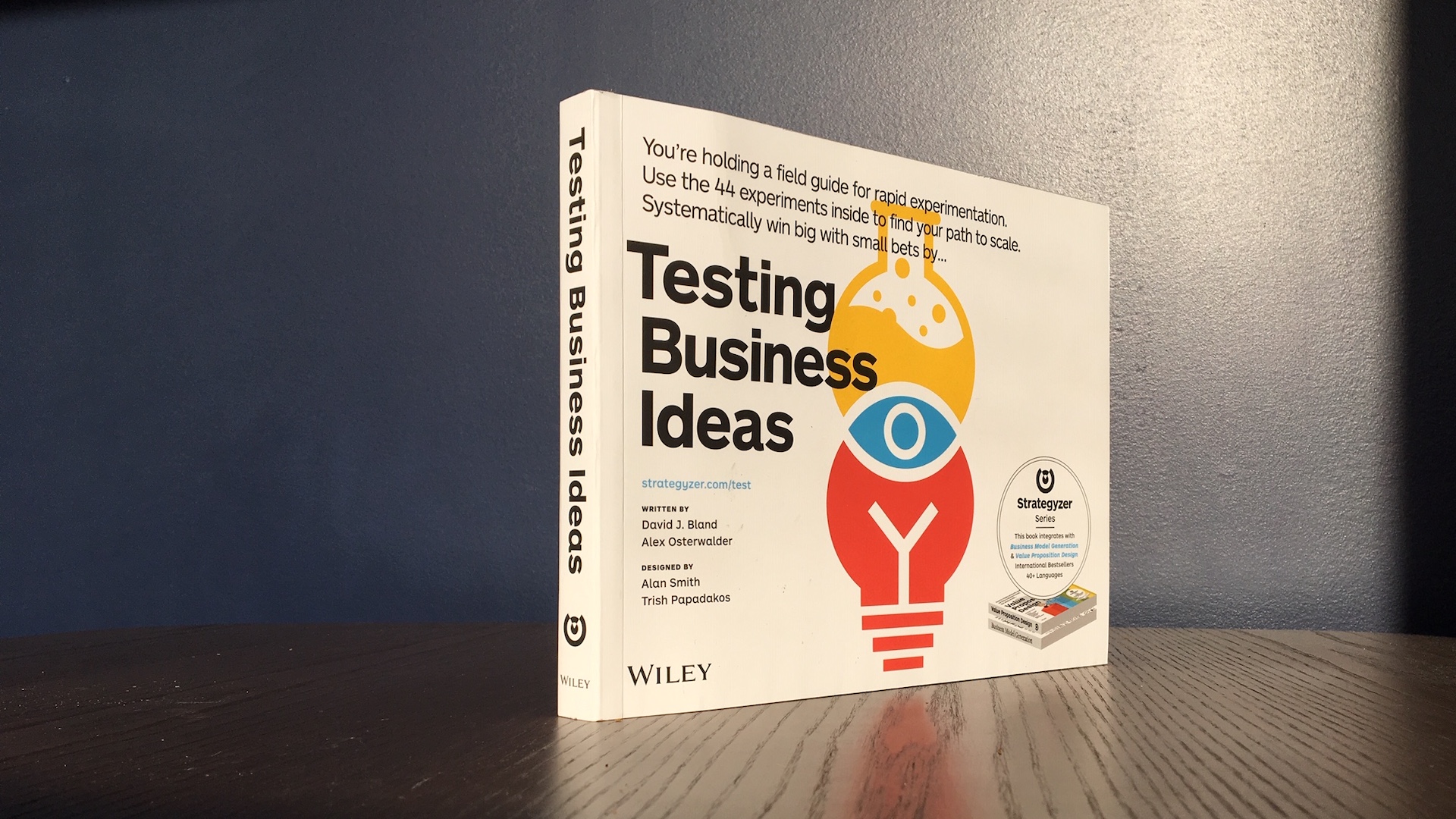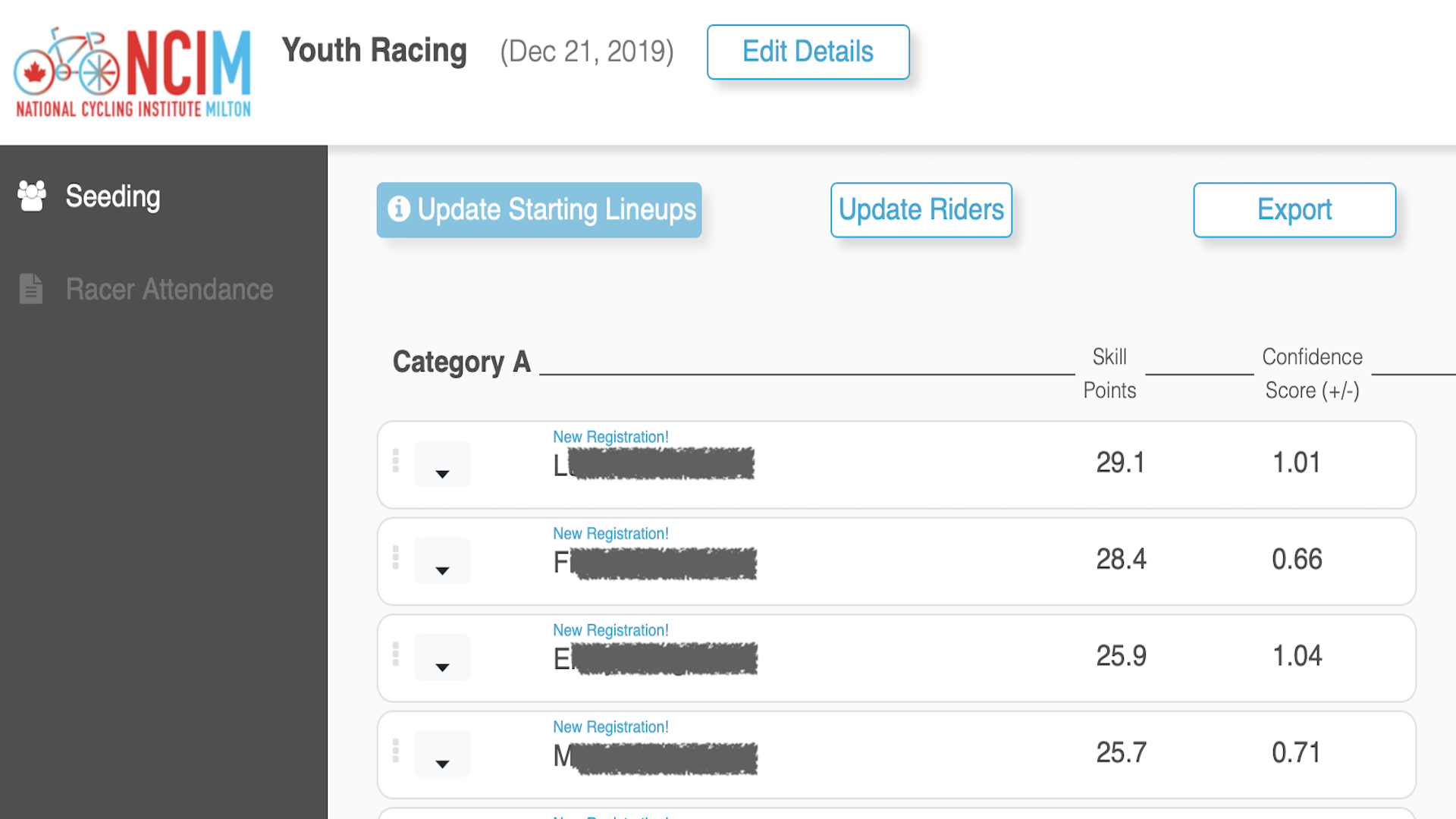When Green Brick Labs (GBL) built its latest product, they knew they were on to something.
Cyrus Naini, GBL’s chief executive officer, and other GBL employees were talking about the company’s software, which possessed — though fragmented — the ability to process both traditional currency transactions using payment service gateways, and cryptocurrency transactions as part of a larger product offering. Then someone asked: Could the software show real-time transactions from all payment service gateways — including cryptocurrency — at the same time?
That’s when GBL realized they had a potential product they could sell on its own.
What they didn’t have was the capacity to build something that would allow them to do product concept testing. Though their in-house design and development team quickly put together an API — essentially, the engine of an application — they also needed a dashboard. But their in-house team was busy working on other projects and Naini didn’t want to hire extra developers without ensuring the viability of their product first.
GBL was in a tight spot. They wanted to quickly learn whether their target customers would be interested in their product idea while also building fast. Key meetings with customers loomed and Naini knew they would need to show what the new product looked like and what it could do.
So they hired Zeitspace.
“It was actually the perfect fit because if I were to hire additional designers or developers it would’ve been literally the description of what Zeitspace does,” says Naini.
Zeitspace helps clients like GBL with the complete product development process — from building experience prototypes and minimum viable products (MVPs) to idea validation and finished products. Spending time like GBL did with market testing before a product launch may seem time consuming, but actually saves a lot of time and helps businesses bring a successful product to market faster.
GBL wanted a dashboard built quickly so they could show it to clients and test their target market, says Jenn Carr, the company’s operation’s manager.
Having a new business idea is one thing. Testing your business idea for feasibility and validating it to make sure it’ll fly before you invest critical time and money is another.
When Naini was on the phone with potential customers telling them about the product, they were excited and wanted to see the demo.
“Some customers were saying, ‘Show us,’ ” he says. “We can walk them through the architecture but once you have something visual to show them, that’s when they understand.”
After Zeitspace designed and built the dashboard, GBL used it in meetings to help test the market need for their idea and that they were headed in the right direction.
Working with Zeitspace
When GBL approached Zeitspace, they didn’t have a sketch or product requirement.
At first, Naini wasn’t sure how that would go over. GBL had worked with outside consultants before, where they had been asked to show something more concrete.
“The fact that we were literally able to walk into a room, explain our vision, and explain roughly what we were looking for in a dashboard and get someone to create it for us — that’s rare,” says Naini.
When GBL met with Zeitspace a few days later and saw UX designer Eddie Visser’s work, Naini says it was exactly what they were trying to articulate.
“We said, ‘Yes, that!’ ” he says.
From there, Carr says the work with Zeitspace was so seamless it felt like one cohesive team.
“We’ve done this with other outsource companies before and it’s never been this easy. It genuinely just felt like another sprint team or another product team in the company,” says Naini.
The project lasted six weeks. It went so quickly, Naini says that by the time GBL had set up Jira — a project management software tool — they were working with Zeitspace so well that they didn’t even need it.
The hand off
When Zeitspace works with a client throughout the product lifecycle, the client still owns the product and the code that comes with it.
After the project wrapped, Carr says the two software development teams met by phone to officially deliver the final product to GBL.
The hand off was a “non event,” says Carr.
“The hand off was a code tour — a walk through of the different files to understand how it was structured,” says Carr. “That speaks volumes when there’s one conversation to have a code hand off and then they’re working without any follow-up questions. It’s tied up in that nice little package.”
She credits that to the many talks the two teams had at the beginning of the project to sort out any potential technical issues.
At first, GBL expected they would have to toss out the proof of concept Zeitspace built once their key client meetings were over. But Zeitspace built something that was sustainable and that GBL could grow with, says Naini. That product concept developed into an MVP.
“We didn’t want to reinvent the wheel when it came back in house,” adds Carr.
GBL has had a lot of buy in since showing customers their dashboard, says Naini. So far, they’ve shown it to four customers and have sold it to some.
“We have clients that are just now integrating with us to get the full experience of the product,” says Naini. “And again, I go back to the importance of design and what it’s allowed. We got off a demo today and I didn’t really walk them through the actual product believe it or not.”





